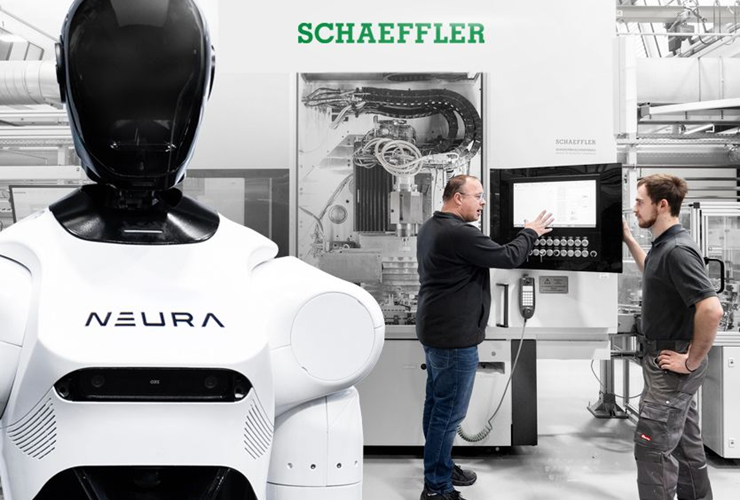
New Advancements in Humanoid Robotics Technology Highlighted
Recent developments in humanoid robotics technology are showcasing significant progress across various domains, from industrial applications to potential integration into daily life. These advancements are driven by ongoing research and development in areas such as artificial intelligence, material science, and sophisticated mechanical engineering.
Enhanced Dexterity and Mobility
A key area of focus in current humanoid robotics research is the improvement of dexterity and mobility. Researchers are developing more articulated hands capable of performing complex manipulation tasks, mirroring human hand movements with greater precision. Concurrently, advancements in leg design and control systems are enabling robots to navigate more challenging terrains, maintain balance on uneven surfaces, and execute more fluid locomotion. These improvements are crucial for robots intended to work alongside humans in dynamic environments.
Growing Applications in Industry and Research
Humanoid robots are finding an increasing number of applications beyond traditional manufacturing. In industrial settings, they are being explored for tasks that are either too dangerous, repetitive, or precise for human workers. Beyond industry, research institutions are utilizing advanced humanoid robots for complex scientific experiments, remote exploration, and the study of human-robot interaction. The development of robots with human-like form factors facilitates easier integration into existing infrastructures and promotes more intuitive communication and collaboration.
Future Outlook and Integration Challenges
The trajectory of humanoid robotics points towards greater integration into society. While the technology is rapidly evolving, challenges remain in areas such as cost-effectiveness, power efficiency, and the development of robust safety protocols. Addressing these challenges will be critical for the widespread adoption of humanoid robots in diverse sectors. Continued innovation is expected to further refine their capabilities and expand their potential roles.
In summary, the field of humanoid robotics is experiencing a period of substantial advancement, characterized by improvements in dexterity, mobility, and a broadening scope of applications in both industrial and research environments. The future development and integration of these robots hinge on overcoming existing technical and economic hurdles.